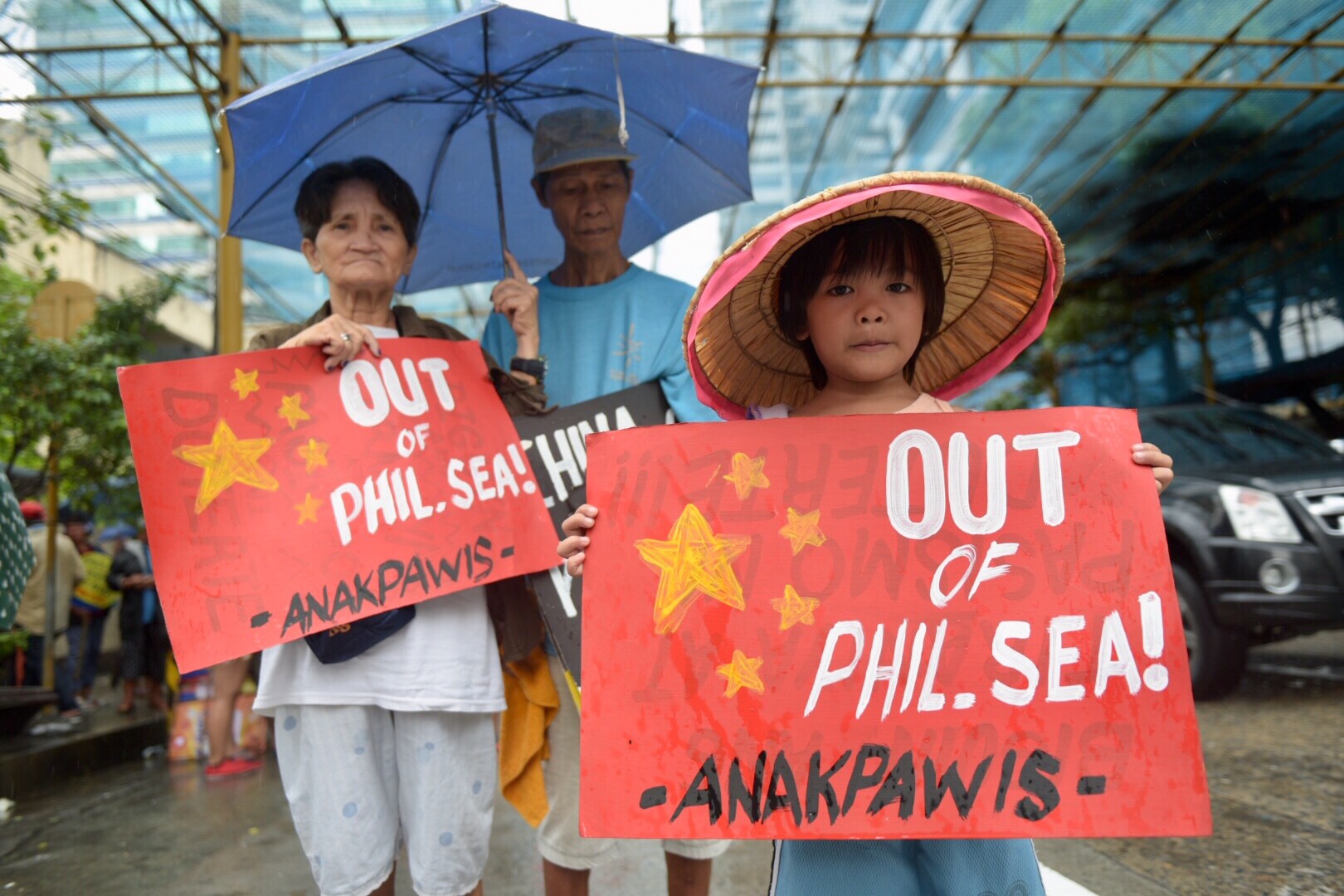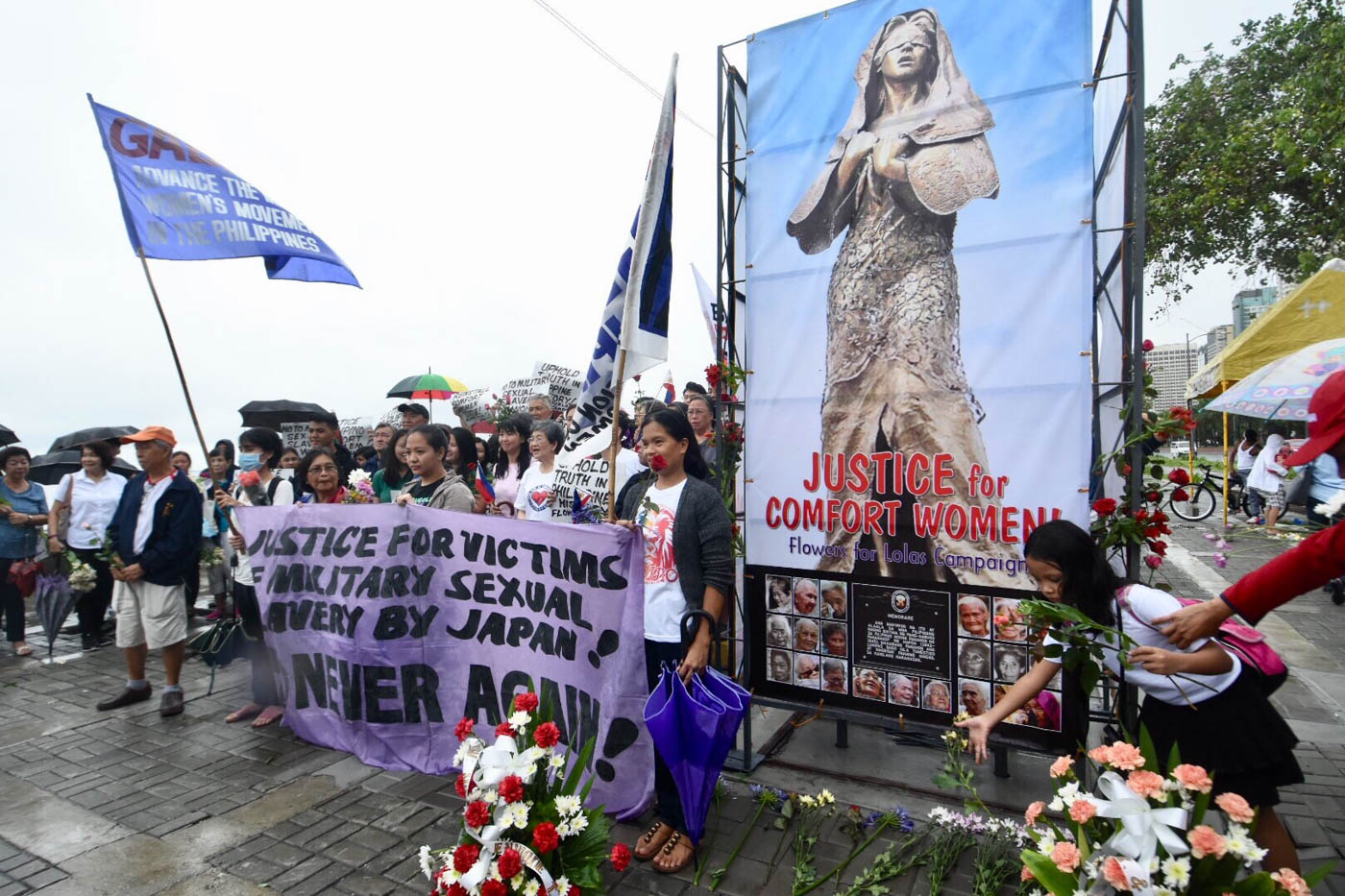![CLASS SPEAKER. Cagayan de Oro native Earl Joyce Dolera Rivera is elected class speaker at Stanford Law School. Photo courtesy of Earl Joyce Dolera Rivera]()
MANILA, Philippines – “You are female. You are below 40. And you are Asian. You are the trifecta of who not to appoint.”
Cagayan de Oro native Earl Joyce Rivera Dolera still remembers her friend's joke, in reference to her goal to be appointed as an arbitrator. While she laughed about it, the remark also hit home as it perfectly described her struggles as a young Filipina trying to make a name in the international arbitration community.
While Earl has come quite far in her professional journey, she still has a long way to go in an industry not exactly known for diversity and inclusivity.
A line from the opening paragraph of Dr KVSK Nathan's article, "Why Did You Not Get the Right Arbitrator," published in 2000, gave a good visual of the problem: "An observer from planet Mars may well observe that the international arbitral establishment on Earth is white, male and English speaking and is controlled by institutions based in the United States, England and mainland European Union.”
The Equal Representation in Arbitration Pledge, a movement against the under-representation of women in international arbitral tribunals, recorded that only around 12% of arbitrator appointments in 2015 were female. It was slightly higher in 2016, when it was at 17%.
Imbibing the World War II British mantra, "Keep calm and carry on," Earl was determined to overcome these biases. Her fortitude paid off, as she became the only Filipina below the age of 40 to be appointed as an arbitrator and issued arbitral awards at the international level.
![FAMILY SUPPORT. Earl's family has been very supportive throughout her journey to becoming an international arbitrator. Her father passed on to her his own dream of being a lawyer.]()
Learning from mentors
Earl’s interest in studying law started with Nancy Drew and other mystery fiction novels. There were also her father’s constant reminders about how hard it was to be female in the Philippines, and how she had to be a lawyer to be taken seriously.
Her father, who had always wanted to be a lawyer but didn’t get the kind of support he needed, gave his full support to Earl when she decided to go to law school.
Although she got her college degree in Manila, she decided to return to her go home to take her law degree at Xavier University in Cagayan de Oro.
"Because of the fact that knowledge and information is already widely available on the internet. It's just a matter of self-discipline and hard work, to really take advantage of the wide availability of information now," Earl said.
Earl also attributed her success to two great mentors who, she said, showed her what it truly means to be a great lawyer and arbitrator.
The first is retired Court of Appeals justice Teresita Dy-Liacco Flores, for whom she worked as a law clerk and chief of staff immediately after she became a lawyer.
Earl described her as a “brilliant first mentor” who reaffirmed her decision to practice law in her hometown. “Be where you’re needed the most,” Flores had told her.
In their days together, Earl would often tell Flores that she too would be a justice like her, and then joke about opening her own kamote (sweet potato) farm on the side because the retired justice was apparently fond of feeding her staff kamote for their afternoon snack.
Earl eventually worked at the Public Attorney’s Office (PAO) where her everyday work as a litigation lawyer helped her transition easier into arbitration. She said litigation and arbitration involved similar skill sets: mastery of facts and of the art of asking questions to draw out answers that could potentially resolve a dispute. Arbitration, however, involved more voluminous documents.
From CDO to Singapore
As much as she enjoyed life as a litigation lawyer, Earl had to move to Singapore to be with her husband who worked for a technology company there.
Despite her experience, Earl could not practice as a litigation lawyer or even as a law clerk there, under Singapore's law. She decided to study again at the National University of Singapore and took up a Master's of Law in International Business Law.
At NUS, Earl met her second great mentor, Professor Lawrence Boo, who taught about arbitration.
Boo, Earl said, radiated with so much passion for arbitration, which sparked her own interest.
“He has been teaching this since the 90s, the same topic and coverage, but he still has this passion to update himself every year….He goes into class prepared and you’re just there [actively] listening. He’s an engaging teacher,” she said.
Earl became so invested in Boo's class that she would record his lectures at times and then take notes at home. “I mastered that class,” she said.
![ANOTHER MENTOR. National University of Singapore Professor Lawrence Boo inspired Earl to become an international arbitrator.]()
Eventually, Boo noticed Earl’s hard work and offered her a job as a law clerk in his chambers after she graduated. It was an offer which, she said, launched her journey to international arbitration.
Learning from the masters
Because she didn’t have enough practical experience, Earl drew from the typical Filipino go-beyond-what-is-asked work attitude and grabbed any opportunity to learn.
"I read everything so that I would know what is going on. I take notes all the time. Even during tribunal deliberations, I would write notes. I'd take note of everything and absorb as much as I can,” she said.
Being a law clerk for Boo allowed Earl to work beside international arbitrators, many of whom were former Supreme Court justices in their respective countries. Earl spent years observing how they worked.
"The way they think, the way they approach a case, the way they read all the documents from the parties, I've tried to imbibe,” she said.
After two years of exposure to their work, Earl’s own time to shine came. In 2014, she was finally appointed as a sole arbitrator for an arbitration case involving disputes arising from a distributorship agreement between an Indian company and a Spanish company. The arbitration award was issued in January 2016.
This was just the first of several arbitration cases she had been entrusted with.
Supportive husband
Earl has managed to strike a balance between her demanding work and marriage, thanks in large part to her supportive husband, Charles.
Earl credits much of her success to Charles, who not only helped finance her studies, but also has also agreed – without complaints – to go with her wherever her career took her.
A career in international arbitration means Earl has to travel a lot. Fortunately, Charles works in a tech company which allows him to work remotely.
“He’s a major part of everything that’s happened in my life and professional career,” Earl said of her husband.
For her part, Earl would also find time to travel with Charles when he needs to be somewhere else. Good thing they both “have amazing bosses who understand we have a marriage to maintain,” Earl said.
Breaking ceilings
But it hasn’t been all rainbows and flowers for Earl.
Earl had to fight her way through "unconscious bias" in the male-dominated arbitration community and constantly prove to everyone that she is capable of being a fair and efficient arbitrator. Add to this the pressure of being a young arbitrator working on disputes involving older and more experienced lawyers.
"There are people who still belittle or question the fact that I’m an arbitrator. Some people can't believe it because I’m young and female, or something like that," she said.
In one instance, a claimant in an arbitration case assigned to her challenged her appointment as arbitrator. While the claimant’s argument beat around the bush, Earl said their message was quite clear: They felt that she lacked the experience to make an impartial and independent decision.
"I have to admit it was painful. I tried not to think it has something to do with my gender, age, or capabilities, or my race. I tried not to think it’s because they think I'm incapable of doing a good job, but it still gets to me sometimes. But it's part of the experience,” she said. "There's still unconscious bias out there against minority arbitrators."
But people are noticing
While gender, geographical, and generation biases are still evident in the law community, Earl said that conscious efforts of different groups have started draw attention to the problem.
"People are taking notice and that's a very important step. People are becoming more and more aware,” she said.
In 2017, Earl decided to study again, this time at Stanford Law School in the United States, where she pursued Masters of Law in International Economic Law, Business, and Policy.
Being one of the oldest in their batch, Earl made it a point to listen to classmates who are younger, female, or those who might feel their voice will be taken for granted.
“I try to reach out to these people more...because I was once like that,” she said.
For Earl, confidence may sometimes come from external sources. Just as her mentors took the initiative and made her aware that she too has a voice, she tried to have one-on-one conversations with all her classmates, often over coffee or lunch, to hear about their stories, dreams, and frustrations, among other concerns. It’s a great opportunity to learn as well from classmates who are also experts in different fields, she said.
![CLASSMATES. There were only two Filipinos in their batch at Stanford Law School: Earl and her friend, Juan Antonio Remulla Oposa.]()
Together with her friend, Juan Antonio Remulla Oposa – the only other Filipino in their batch – she'd also organize fun social events with their classmates, such as "Asian Barbecue" and "Karaoke Nights."
And to no one's surprise, when they graduated in June 2018, Earl proudly stood onstage as class speaker, elected by her classmates in Stanford Law.
Despite everything, Earl wouldn’t tell younger lawyers to follow her. "[They] should go beyond me, define their own success, and blaze their own trail," she said.
“At the end of the day, when I’m 60 or 70 and I look back at my career, what I will remember the most is how other people made me feel in my own journey. It’s not so much about the accolades, the grades, or the Latin honors. It's how people have picked you up at your lowest time. It's how people have provided some light in your darkest night. It's how people showed you the way when you think there was no other way,” she said. – Rappler.com
![]()





















































